Betting on Value: How ecommerce platforms are winning first-time buyers and sellers
Ecommerce players like Amazon and Flipkart are recalibrating their focus to bag the next set of online shoppers by reforming seller policies and growing an affordable assortment.


For Amazon and Flipkart, India’s rising internet penetration and digital literacy mean a chance to sell to millions of first-time shoppers in smaller towns looking for affordable products. And they are targeting sellers to cash in on this opportunity.
In March this year, Amazon India tweaked its seller policies to improve ease of doing business on the platform and make it more affordable, especially for products priced under Rs 300. The ecommerce platform slashed referral fees to zero for these low-value goods. Referral fee refers to commission that sellers pay to Amazon for each product sold, with this number being anywhere between 2% and 14.5% earlier.
The fee cut was part of a longer overhaul, which included concessions in seller shipping on sale of multiple units and reduction in weight handling fees.
Walmart-backed Flipkart has also revised its seller rate card in May last year to offer a ‘competitive rate card’ along with simplification in its rate card structure to two components instead of four earlier.
“Our recent initiatives, including enhanced visibility into settlement prices, the introduction of measures that help reduce price fluctuations–a key driver of order cancellations and returns, etc. positively impact both sellers and the overall customer experience,” a Flipkart spokesperson shared.
The shift is in response to the popularity of hyper-value commerce. A joint report by Bain & Company and Flipkart highlights that the share of ultra-low-cost shopping grew from 5% to over 12% of total e-retail in just four years. Carts built on products priced at Rs 500 or under are becoming increasingly common, especially among lower-middle-income households.
During Amazon’s Great Indian Festival 2024, which ran from September to October, more than 60% of its new customers were from smaller cities.
“This is a price band (Rs 300 or under) that includes a really wide range of products, which are commonly bought by customers representing the most frequent set of purchases. While you can apply this (zero commission model) to more expensive items—say, a 10,000-rupee product—those are bought only occasionally,” Amit Nanda, Director, Selling Partner Services, Amazon India, had earlier told YourStory.
However, these changes reflect a realignment in focus, with ecommerce platforms repositioning their budget-friendly offerings from side projects to mainstream businesses. For instance, both Flipkart and Amazon host separate dedicated platforms for hyper-value commerce, namely Amazon Bazaar and Flipkart’s Shopsy, which sells affordable goods without any referral fees or platform commissions.
Flavour of the season: Hyper value
Amazon Bazaar, which was launched in April last year, offers branded and unbranded goods under Rs 1,000. The offering, which initially had a threshold of just goods under Rs 600, has been revised. Within its first year, the platform witnessed 65% of its customers hail from Tier II cities and smaller towns.
Flipkart launched Shopsy in 2021 as a social commerce app initially, allowing creators to become sellers and earn a commission on the products. Since then, the platform has evolved into a hyper-value ecommerce platform.
“We are applying the zero-commission model to everyday items that consumers buy frequently, which maximises benefit for both customers and sellers,” added Nanda. “High-ticket items don’t offer the same return on frequency or value for sellers.”
The Meesho mantra
However, Amazon India and Flipkart's focus on hyper-value commerce isn’t happening in isolation. Competitive pressure from Meesho, a platform built on a no-commission, low-cost seller model, is playing a pivotal role in pushing the ecommerce giants to recalibrate.
Founded by Vidit Aatrey, Meesho enables virtually anyone to become a seller without complex onboarding. The result? A wider assortment at rock-bottom prices.
Its positioning has attracted lower-middle-income households. More than 80% of Indian online shoppers came from Tier II and beyond cities, according to Meesho’s Smart Shopper Report released last year. Its blockbuster sale saw 45% of its customers coming from Tier IV cities and beyond, suggesting its popularity with first-time digital buyers.
“Amazon, Flipkart and Myntra are not as much of a marketplace. It is still tough to get approval and list on these platforms and this is evident in terms of the number of sellers that will be there on Meesho versus Amazon, Flipkart, and Myntra,” the founder of a D2C enabling platform who did not wish to be identified told YourStory.
“Meesho has a much higher number of sellers because basically anybody can just register and start selling. And they are much more algorithm-driven, than category manager-driven. In the Amazon-Flipkart world, category managers have a much stronger say in what sells. and Meesho has a much more algorithmic culture,” added the founder.
Ironically, as Amazon and Flipkart are embracing no-fee models, Meesho has introduced a fee-based model—Meesho Mall—for branded goods, charging a modest 2% platform fee. This divergence shows how platforms are experimenting with blended revenue strategies to cater to a fragmented market.
A door closes, a window opens
While with the new policies, platforms are forgoing commission revenue, they expect to offset it with higher frequency of purchase and efficiencies from an increase in scale.
“We expect that as selling partners grow their business, we typically find that we are able to get efficiencies through technology with scale. So, we expect the scale that comes from higher frequency to benefit our selling partners, and then it will translate in some way back to us as well,” said Nanda during Amazon’s revision of seller policies.
However, platforms are far from solely relying on this growth flywheel, with auxiliary revenue streams now taking centre stage.
Shift to zero-commission model is enabling platforms to attract sellers from Tier II and III cities while focusing on monetisation through advertising, logistics, and fintech services, says Ravi Kapoor, Partner - Retail and Consumer Sector, PwC India. 
“Logistics costs are recovered from the seller. Advertising serves as an income source. In addition and especially in global markets, other levers such as seller financing have also been utilised by platforms. These are some of the big factors that drive the economics of these platforms," says Manan Bhasin, Partner at Bain & Company.
Take Flipkart, for instance. Flipkart Internet, the ecommerce arm of the company, saw its advertising business grow in FY24. The segment was up by 50% to Rs 4,792 crore, accounting for about 30% of the marketplace's total revenue. Contributions from logistics services, which increased by 20% to Rs 6,966 crore, accounted for the largest share of revenue. At the same time, contributions from marketplace services, which includes commission and platform-based revenues, were flat.
“In terms of advertising, sellers from smaller cities are increasingly adopting data-driven and performance-based marketing strategies tailored to e-commerce platforms. Many are using Flipkart Ads, which enable them to target specific consumer segments and improve product discoverability,” a Flipkart spokesperson said.
Even D2C brands are adapting. Gujarat-based apparel brand Fuaark now allocates 15-20% of marketplace revenue toward advertising on platforms like Flipkart, up from single digits earlier.
Platforms like Flipkart also give brands discounts on commission rates, especially during sale periods. However, the benefit is accompanied with an expectation of brands spending at least 10% or up to 10% of GMV on marketing efforts back into the platform, an ecommerce sales executive at a D2C brand told YourStory.
As the digital retail system matures and penetrates deeper into the heartland of the country, ecommerce players are willing to play ball and recalibrate their model amid growing competition. Both domestic and global players are leveling the playing field with zero to minimal commission, focus on advertising and other affiliate revenues to grab a share of upcoming users.
Edited by Affirunisa Kankudti


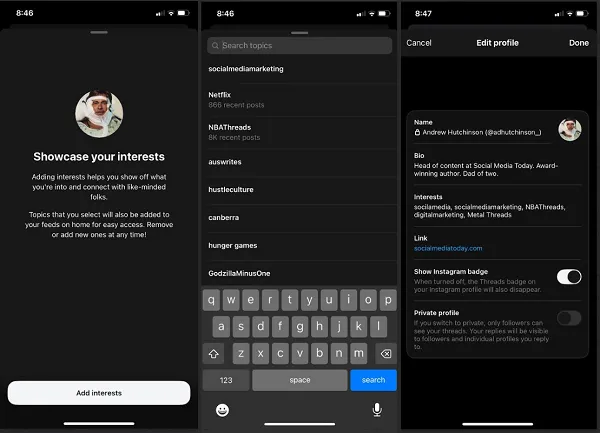
![Which Countries Have Invested the Most into AI Development [Infographic]](https://imgproxy.divecdn.com/qnTgGmUnhhtyx1NChJZ7bBc4fHuHc9BC8NoXo_nBWUE/g:ce/rs:fit:770:435/Z3M6Ly9kaXZlc2l0ZS1zdG9yYWdlL2RpdmVpbWFnZS9haV9pbnZlc3RtZW50X2luZm8yLnBuZw==.webp)
![A Guide to Reels Ads [Infographic]](https://imgproxy.divecdn.com/wCamrSuvp9Nam-KS-7Pv-nJcB4YAXduCWWHpdZBsVpY/g:ce/rs:fit:770:435/Z3M6Ly9kaXZlc2l0ZS1zdG9yYWdlL2RpdmVpbWFnZS9yZWVsc19hZHNfaW5mbzIucG5n.webp)


















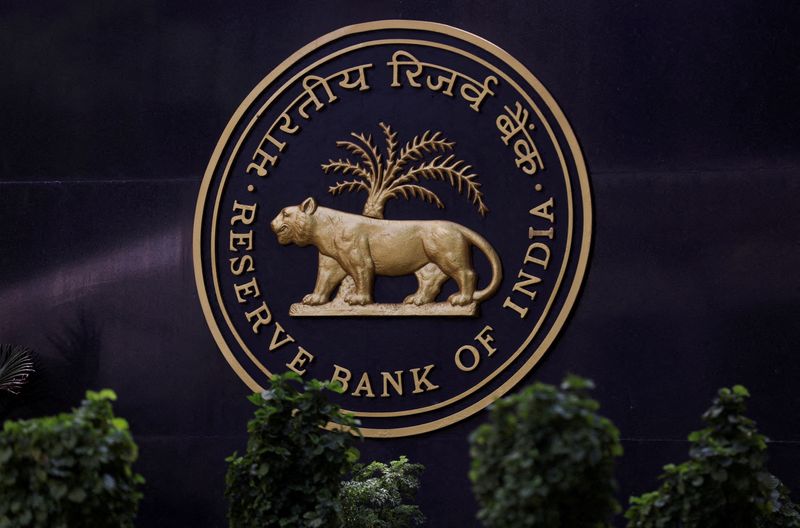














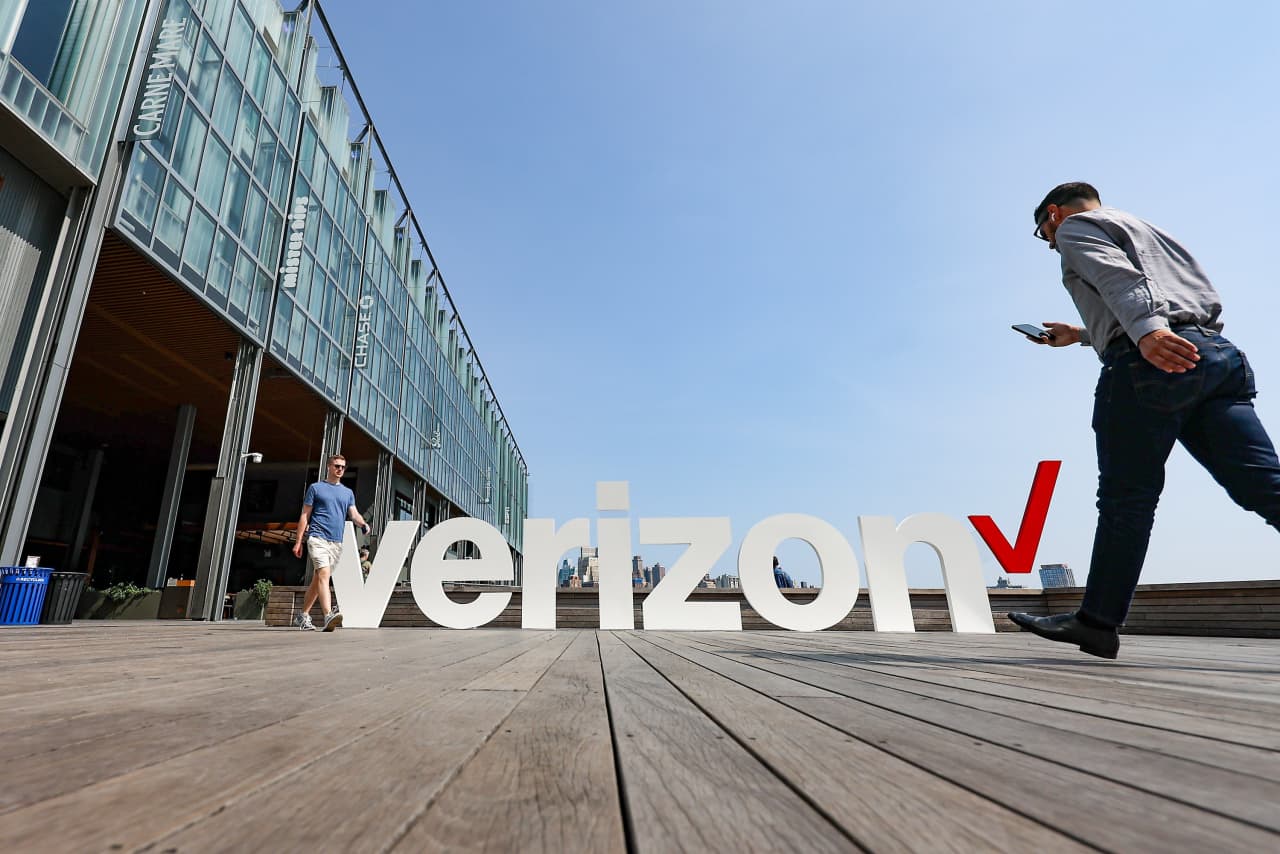
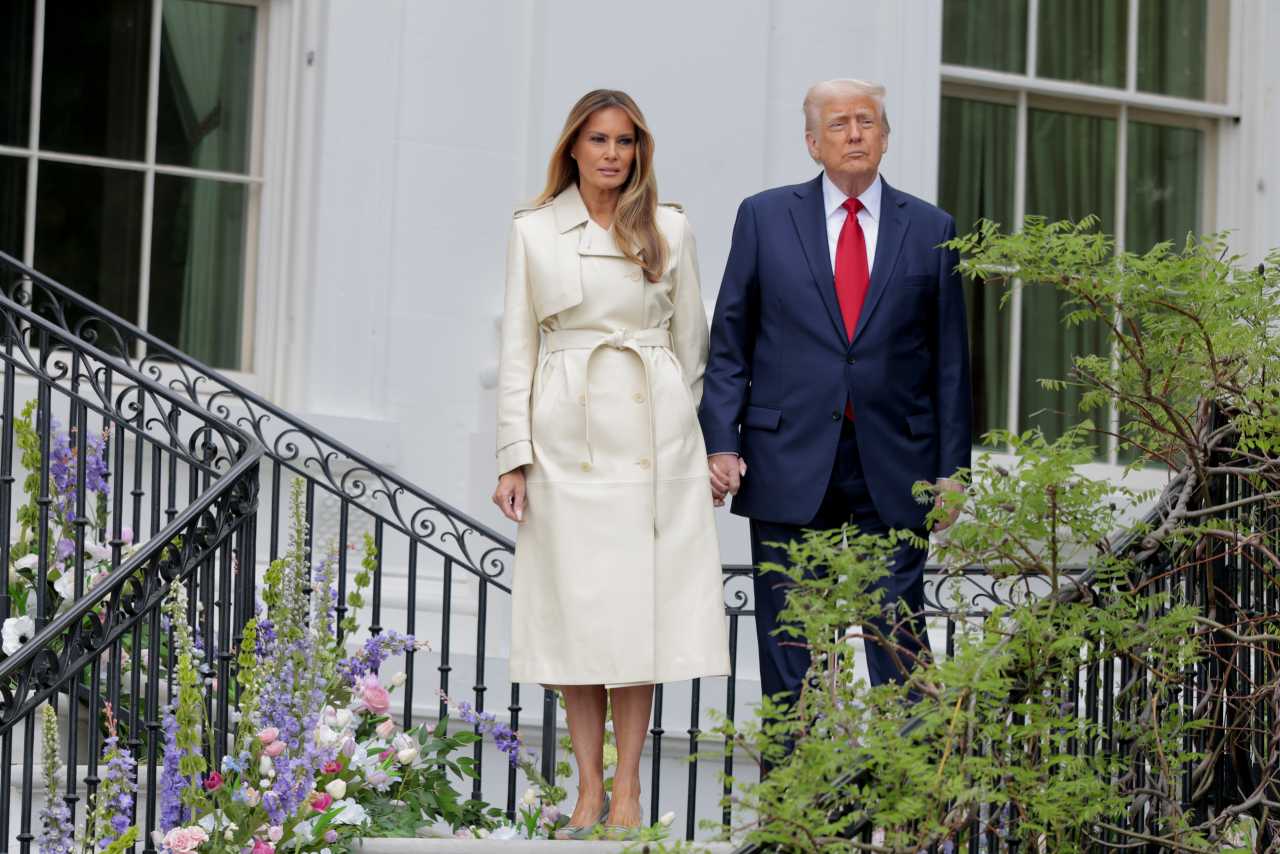
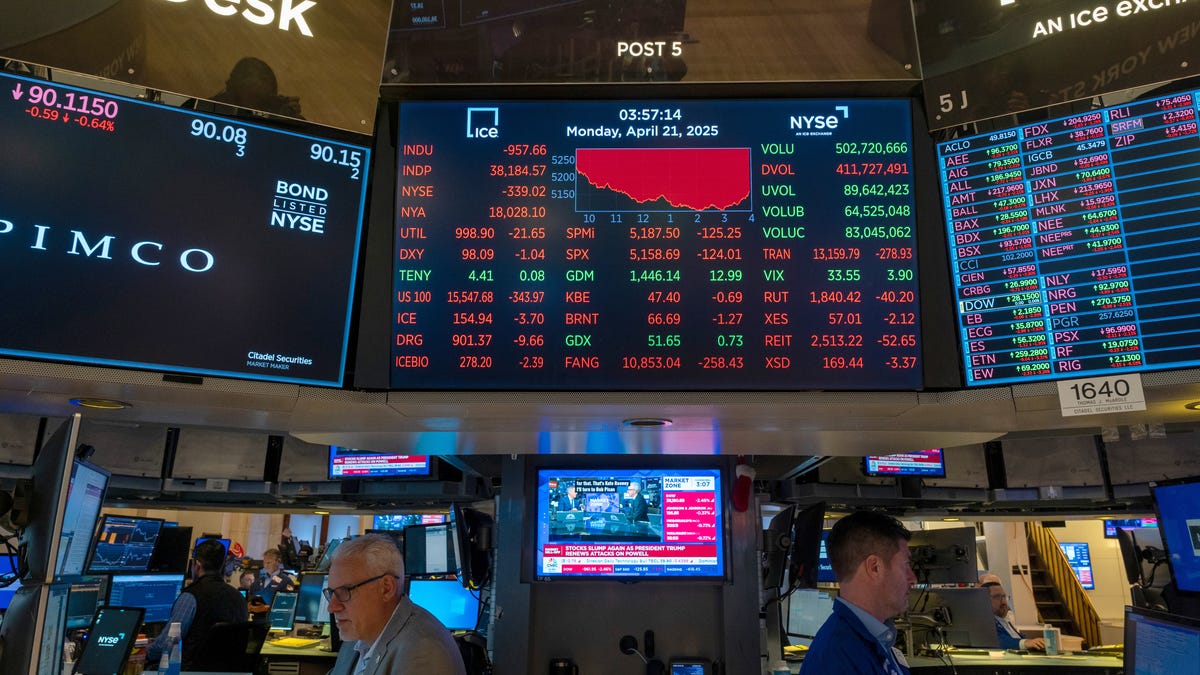

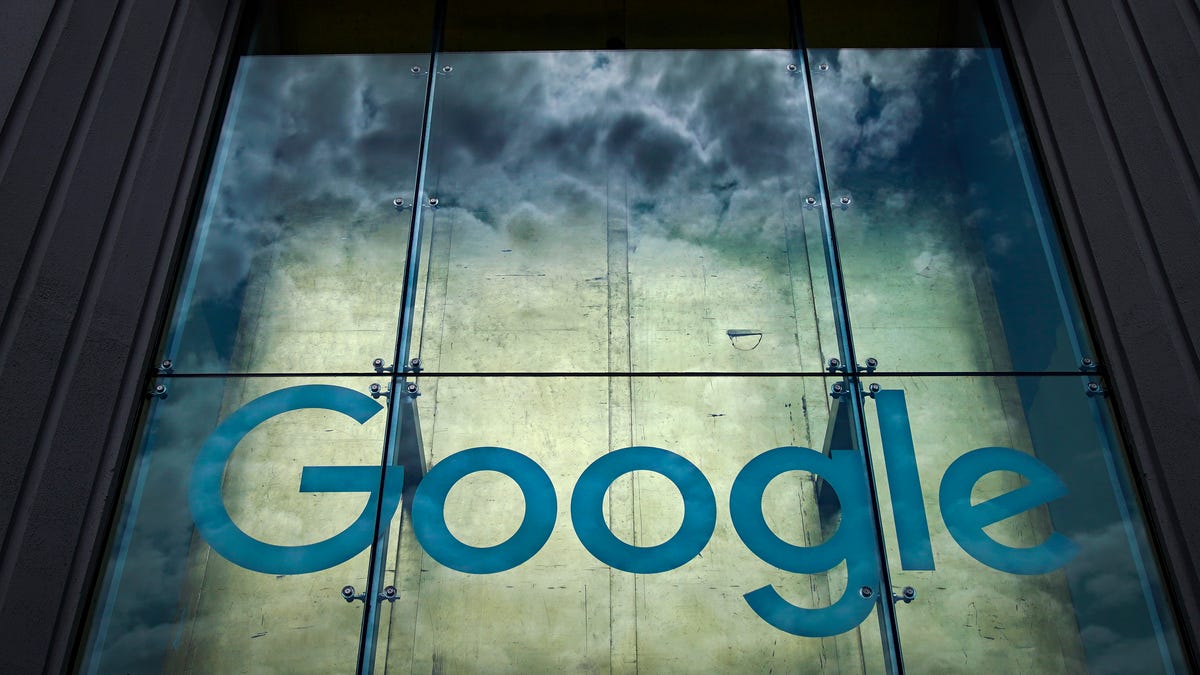









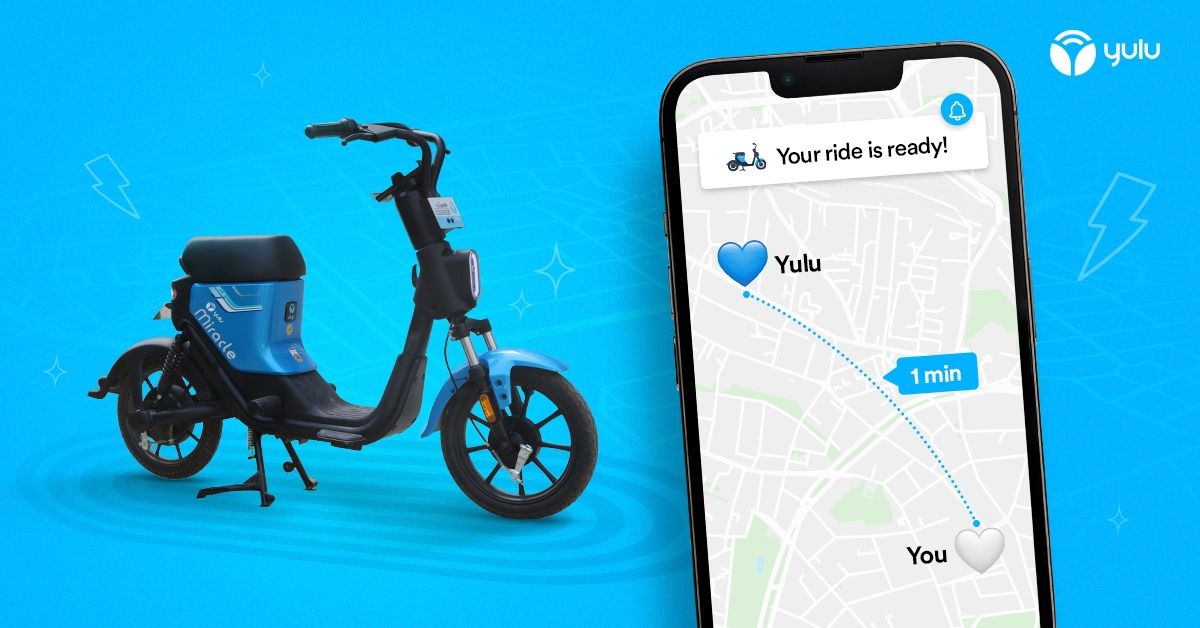


























































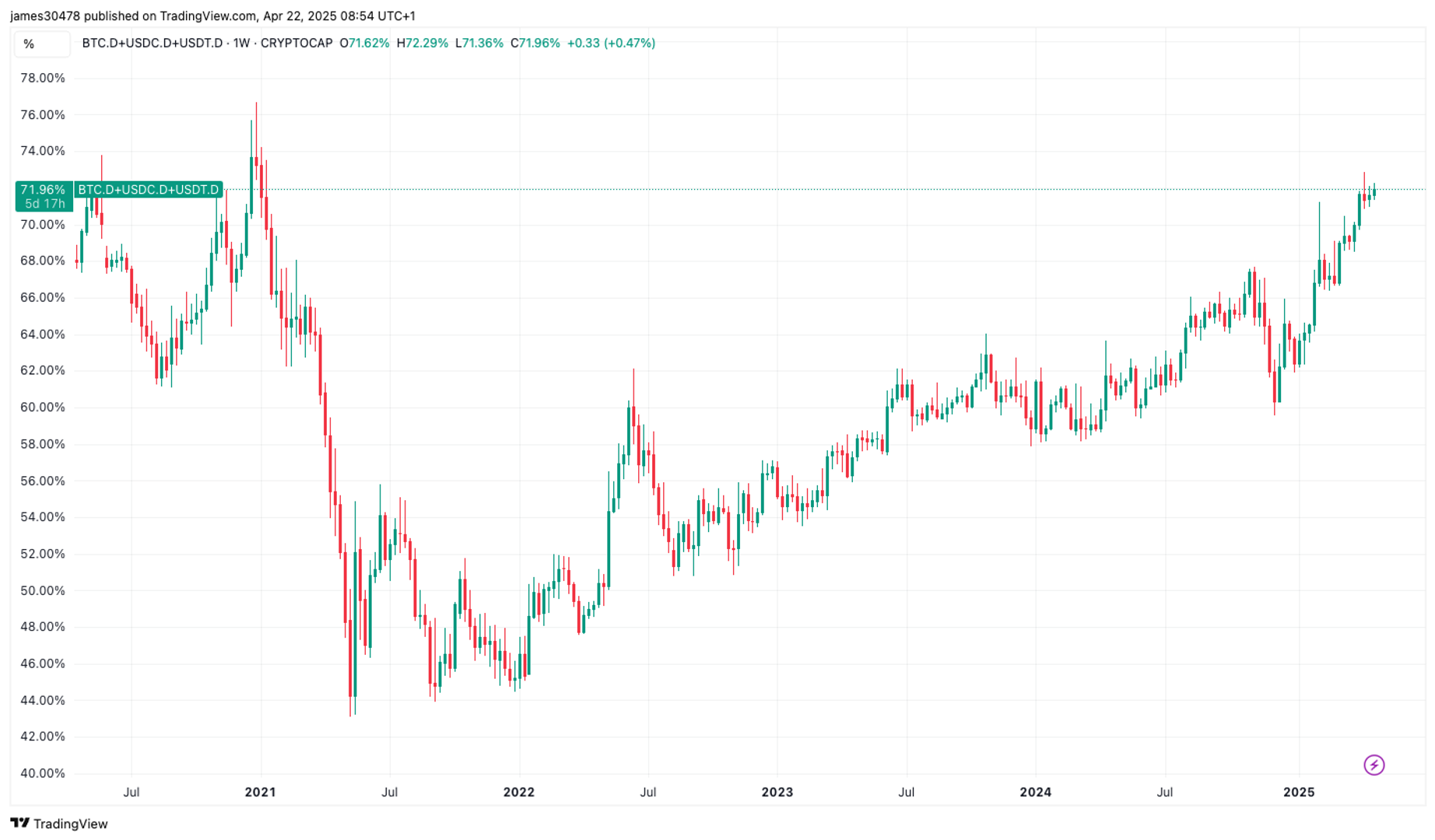















































































![How to Find Low-Competition Keywords with Semrush [Super Easy]](https://static.semrush.com/blog/uploads/media/73/62/7362f16fb9e460b6d58ccc09b4a048b6/how-to-find-low-competition-keywords-sm.png)
